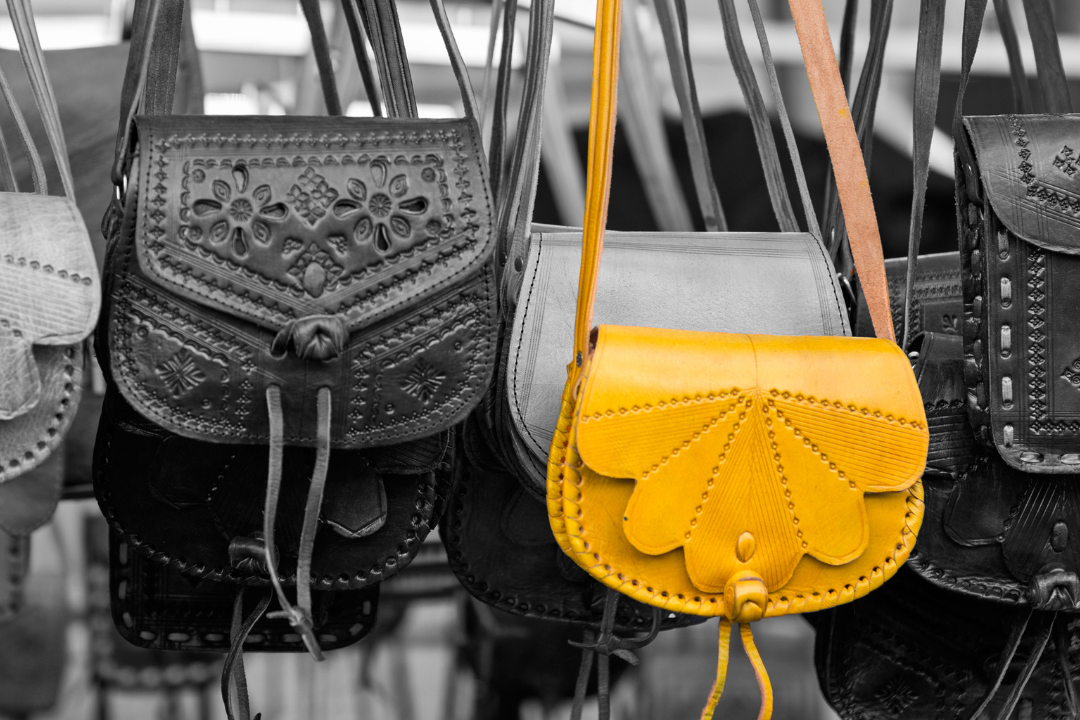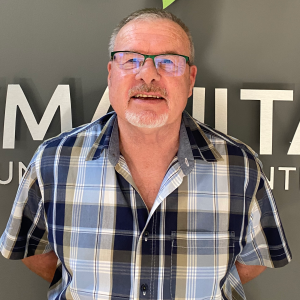Share This Story, Choose Your Platform!
My Yellow Handbag
Being familiar with Humanitas, we all know what we refer to when we talk about our “yellow handbag”. It is the “handbag” we as counsellors bring into the counselling session, filled with our experiences, perceptions, worldviews, and self. We all have handbags. So, let’s unpack them.
Yellow is usually associated with positivity, happiness, and comfort. It makes us think of summer and sunshine. But yellow as a colour is also used universally to indicate warning, to slow down or reconsider before we proceed.
We always carry our handbags wherever we go. These handbags, in a way, become an integral part of who we are. We also take them into counselling. This handbag is often a safety net (safety clip) during the counselling process, especially when we feel insecure in proceeding on topics which confront our beliefs or comfort zone.
For me, we, as counsellors, must know what we carry in our handbags. The content of the handbag may influence the counselling process. As a counsellor, I need to be blatantly honest with myself and not commit to embark on a journey with my client if I am not comfortable doing so.
This poses the question of how comfortable I am with myself as a person. The answer will help determine my role and involvement in a helping capacity. The more in touch I am with me; the easier it is to be attuned to our clients – hold the space, move forward slowly, and convey caring and consideration for my client. Truax and Carkhuff, in the ’80s, isolated 3 elements for successful counselling – warmth, empathy, and congruence. Not level of education, knowledge or being in control. So, at Humanitas we stress “to be with” our clients and not the ability to “do for”. Please note that we do not discard the importance of knowledge and understanding of human behaviour. These factors enable us to feel safe with clients and make it easier for us to counsel.
If, however, I struggle to be in touch with myself, I may find counselling more difficult. I may want to work from my yellow handbag, especially when I feel out of my depth in a counselling session – I start to focus more on where I am at instead of what is happening with the client. I inadvertently end up focusing more on the facts of what the client conveys rather than on their feelings. I may find myself becoming anxious to steer the counselling session and come up with answers.
Counselling clients for me is assisting with thinking, feelings, and behaviours -we need facts to try and understand how our clients feel so we can, together with him or her, consider behaviour to address an issue. Remember, the client is the expert on the client, not the counsellor. Our role is to support and guide. We can only meaningfully do so when our clients feel safe with us, and we make time to explore all relevant elements BEFORE we guide going forward.
Making clients feel safe depends on our level of empathy with our clients, not being judgmental or impatient, and ensuring the confidentiality of what they disclose. We should work within our level of training and be sensitive to our client’s cultural and religious diversity. This does not mean that we should change who we are or accept everything as right. Rather have the space to be comfortable enough within myself to allow others to be themselves.
I have learnt not to have an opinion (judge) about another person if I have not been in his or her situation uninterrupted for at least 48 hours. This emphasises the importance of counsellors LISTENING – listen to understand, not listen to have an opinion or to respond. This is very difficult to do.
Make “listening” the most important tool to go into your yellow handbag.
Author: Peter Schultz


